Wine labels are nothing but the wine’s mouthpiece. It tells us everything: the wine’s brand, producer, taste, and flavor. So, whether you need to design and create a wine label for your growing business, homemade creations, or holiday gifts, worry no more!
In this blog, we’re here to guide you with six guaranteed tips to design and make a wine label like a pro!
Step 1: Pick a Theme
The best place to design your wine label is to pick a theme. What idea do you like to express on your wine label? How about asking yourself what you want people to think about once they see your wines? What’s your purpose? What’s your style?
Perhaps, you would agree with me when I say that every design comes with a concept. And, of course, this applies to wine labels too!
To choose the perfect theme, we’ve collected some top ideas for you! There’s no stopping you from recreating it based on your liking. Are you ready? Let’s get to know them one by one!
Classic Theme
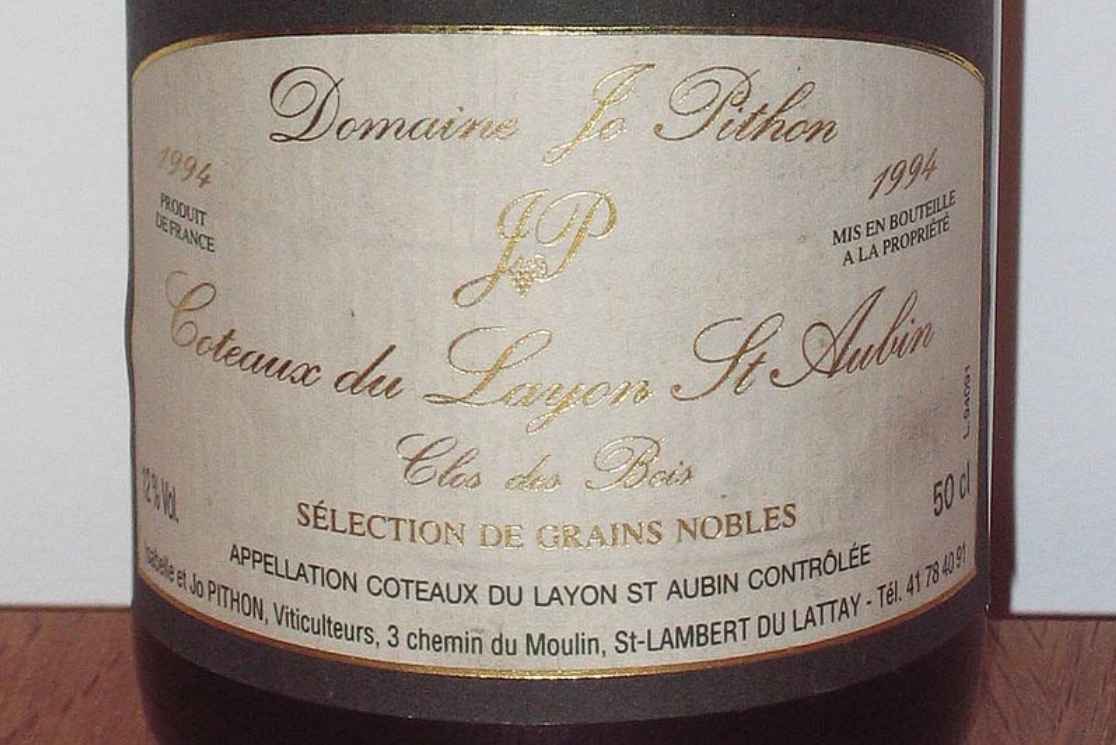
Classic wine label designs are timeless. They would never go out of style when making wine labels. Most of the time, we see wines bearing a classic, elegant, or regal vibe. Generally, one can find classic wine label designs from traditional wine regions.
If you ever wanted a classically themed wine label, here are the things you must take note of:
- Black, white, or pale background.
- Cursive or serif style font.
- A subtle touch of color.
- Lots of open space.
- Outlines or clean-cut corners.
- Coat of arms.
Vintage or ‘Old Timey’ Theme
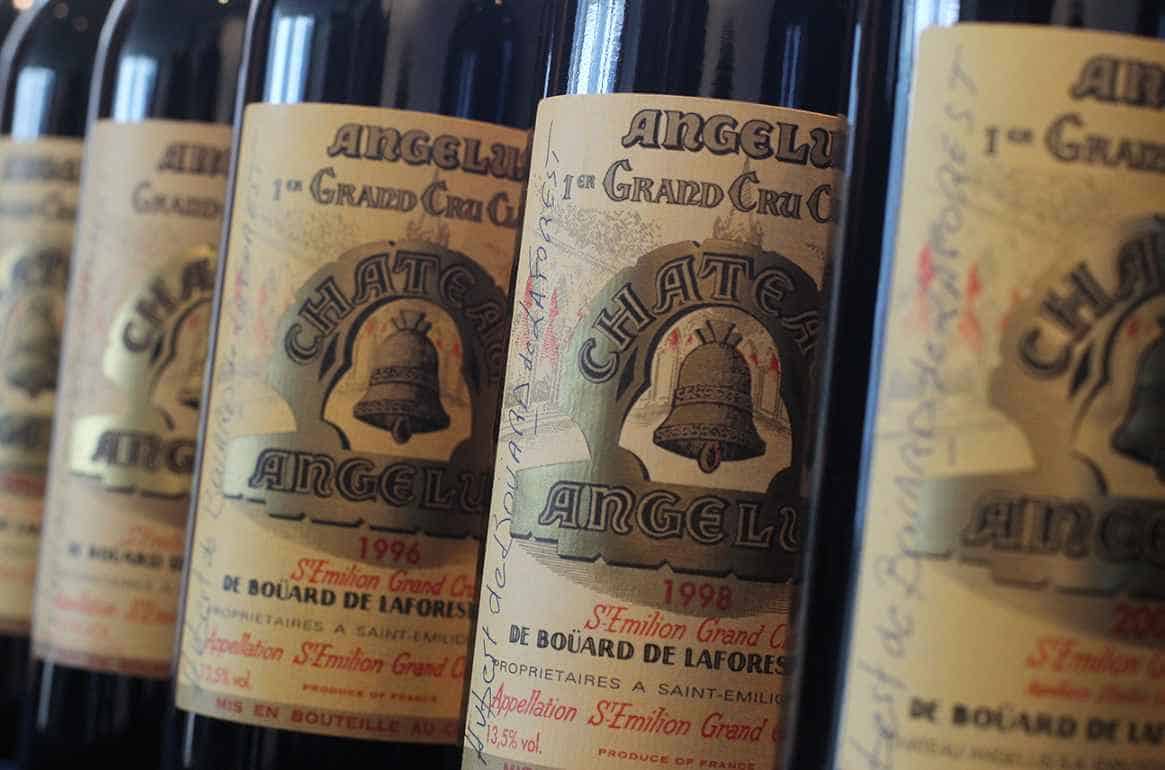
How about a wine label theme that exudes an “honoring the past” vibe? After all, who wouldn’t like a vintage, handmade wine made of natural ingredients?
Vintage or ‘Old Timey’ Theme features an outstanding design, old artisan techniques, and typography. A fantastic example of this theme is found on a Madeira wine bottle.
The wine label is hand stamped. And if one gets a hold of it, one will feel its handcrafted vibe. Do you make wines for the festive and holiday seasons? Perhaps, you can try designing and creating an ‘Old Timey” wine label theme. On the other hand, this theme is a fantastic place to jumpstart if you’re a small local producer.
Vintage or ‘Old Timey Theme’ features the following:
- Emblems
- Curves, lines, and ribbons
- High contrast
- Different fonts
- Bold & classic font
Modern or Sophisticated Theme
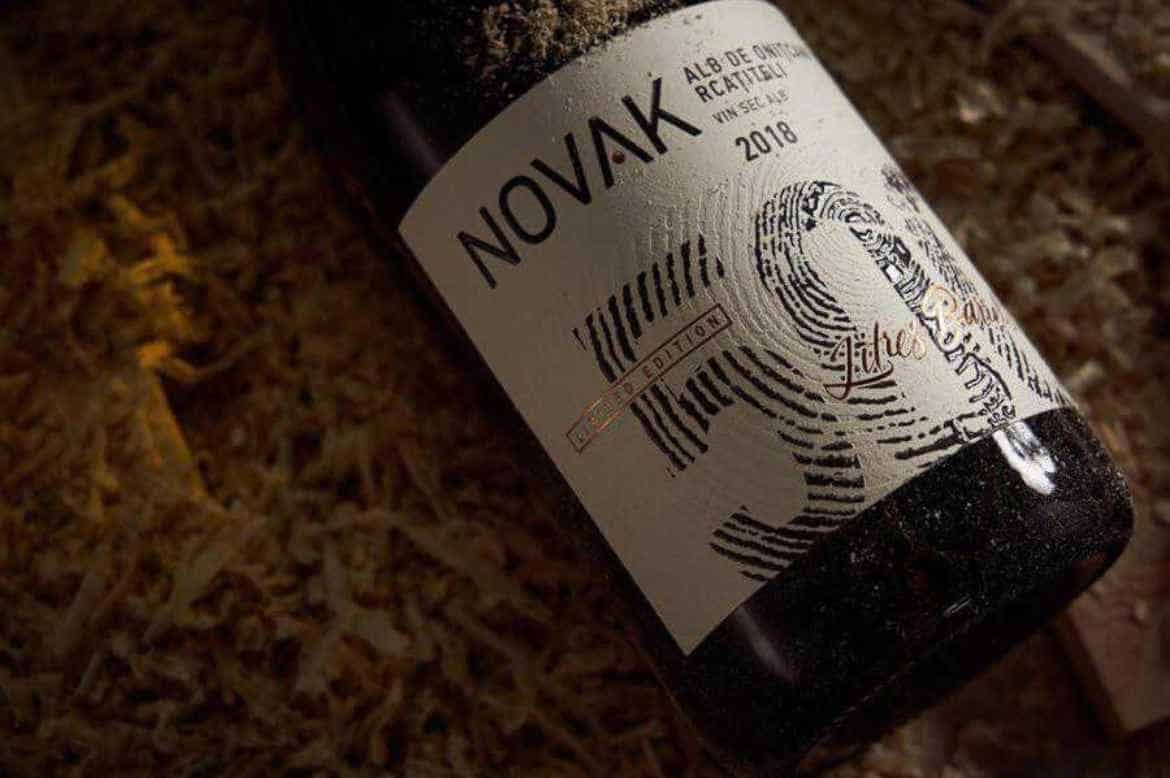
How about making a wine label with a visionary and worldly theme? Modern or sophisticated puts minimalism, typography, and negative space in the limelight.
This wine label theme is a giant leap away from tradition. It showcases a bold pattern, asymmetrical design, unique fond, and loud colors.
Casual & Fun Theme
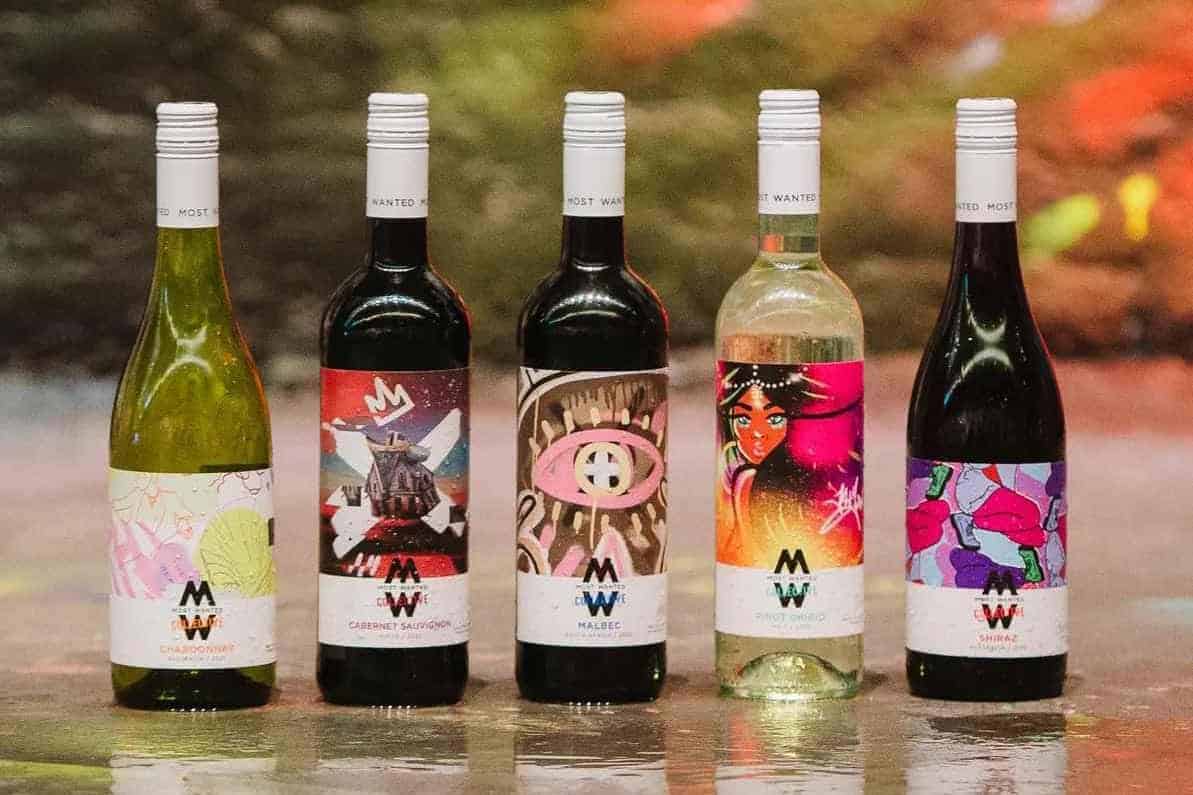
Another fantastic way to design a wine label is to go for a casual and fun theme. Sometimes, it would be best to go with the flow and follow what you want.
You can always pick a laid-back wine label theme that tells your experience. And yes, there’s no limit here! It can be hand-drawn, funny, and whimsical.
Lighthearted wine themes are usually found in Australia and France. This silly theme comes with the following:
- Satirical Name
- Bright Colors
- Patterns, characters, animal prints, and simple illustrations
- Handwritten text
Customized
The themes that we’ve mentioned are just ideas where you can start designing your wine labels. But of course, you can always get personal for your wine labels. Maybe, asking yourself questions can help when creating a personalized wine label.
Do you own an ancestral home? What’s your family crest? Or perhaps you carry a personal symbol? Once you know what you want, then you can customize your wine labels.
Business
If you’re designing a wine label for a corporate event, you can start with the nature of the business. You can look for the street, city, or building where the company can be found. Or maybe there’s a hallmark or logo you can include on the wine label. Overall, the wine label’s theme will always depend on your preferences.
Get to know more wine label ideas by watching this video!
Step 2: Know the Wine Label’s Size
After getting a theme, the next step is to define the size of your wine label. This might look tricky since you must know the correct size. But of course, we got your back! So, don’t worry because we’ve listed below the tools and steps you need to accomplish the task.
Materials:
- Flexible ruler
- Scissors
- Plain or graph paper
- Wine bottle
Steps:
- Get the maximum size for the wine label depending on the bottle’s shape.
- Know the shape of your wine bottle. Use the flexible ruler for this part.
- Start cutting the wine label. At this point, you can modify the wine label’s size to make it perfect.
- Find the wine label’s final size. Place the label on a flat table. Then, measure its height and base.
Step 3: Make the Back of the Wine Label
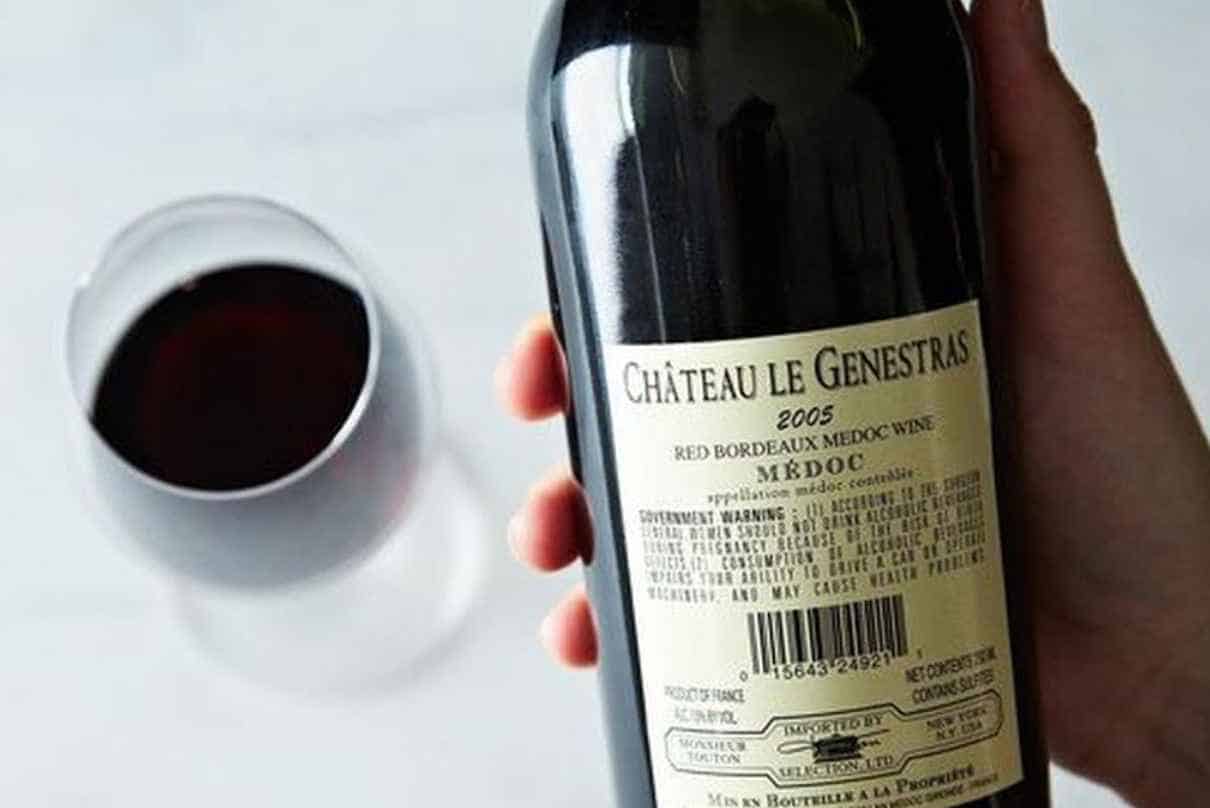
Here comes the complicated part. One of the crucial steps in making a wine bottle label is including all the necessary information on the back.
As you might be aware, customizing a wine label has guidelines. One must not skip the essential elements. So, never miss the following on the back of your wine label:
- Name & address of the bottler
- Health Statement
- Sulfite Declaration
- Country of Origin
- Color Ingredients
Step 4: Select the Features
Now, let’s head on to features. Wine labels are nothing but a representation of the brand you have. So, selecting excellent features such as color, font, and paper materials is crucial. Here we go!
Color
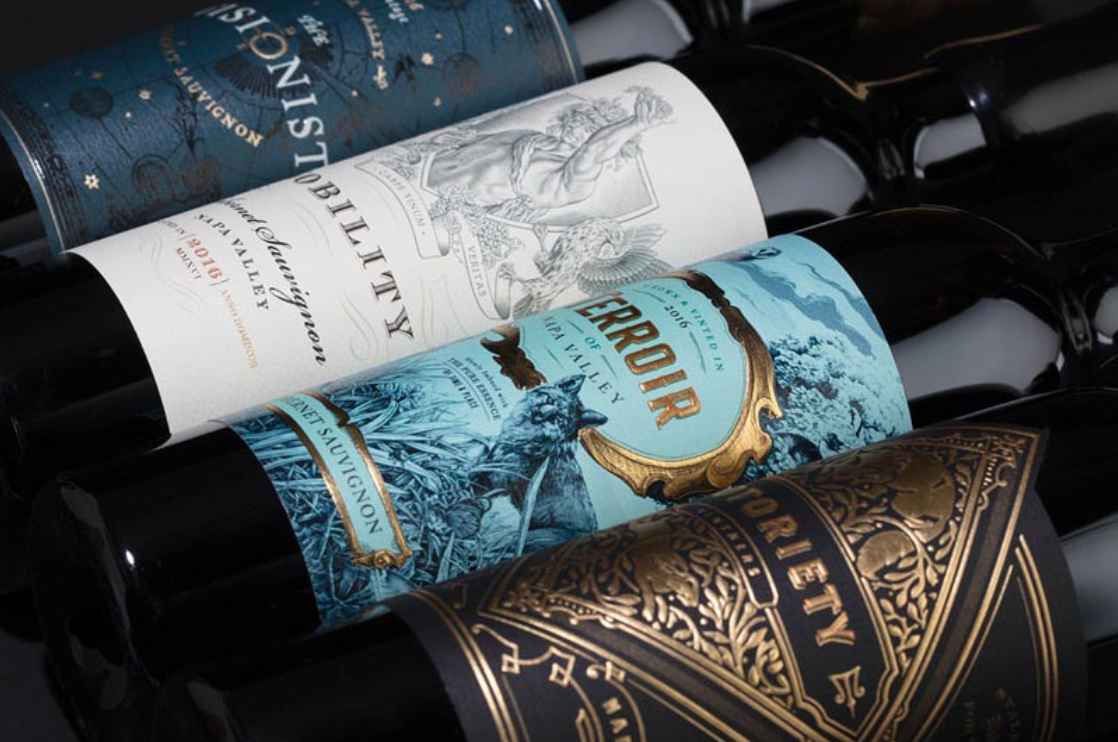
The initial thing that comes to mind when we speak of wine label designs is the color. Generally speaking, from experience, winemakers often put red wines in a dark bottle of brown or green. Then, it will be better to have a label with a very light or plain white background.
Wine made with natural ingredients can have labels with the natural color of green. On the other hand, beige and brown represent the earth element.
Classic and traditional styles call for black-and-white hues. But there is no stopping you from picking soft intense and vibrant shades. Make room for imagination and creativity when designing wine labels.
Font
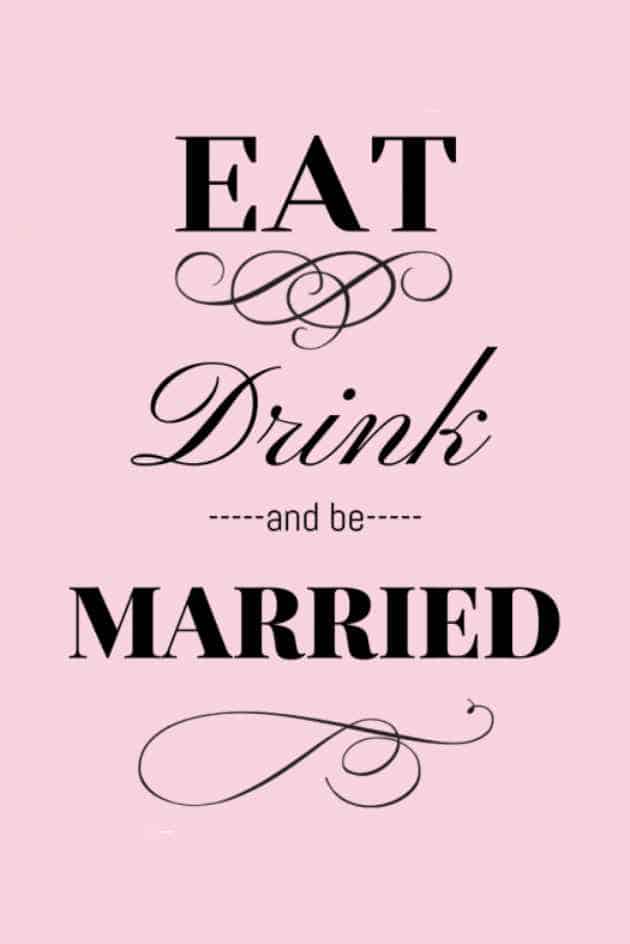
Choosing the right font is essential for wine labels. Come to think of it. An ineligible font would make it hard for buyers to read the information. It’s a “make it or break it” point. For the required information, select legible fonts like Calibri, Arial, Futura, and Frutiger.
On the other hand, you can pick a calligraphic font for the wine’s name, brand, and other texts. For handcrafted wines, go for elegant fonts like Zapfino. Or have the classic style of Bodoni, Barolo, Chianti, and Barolo.
Paper Materials
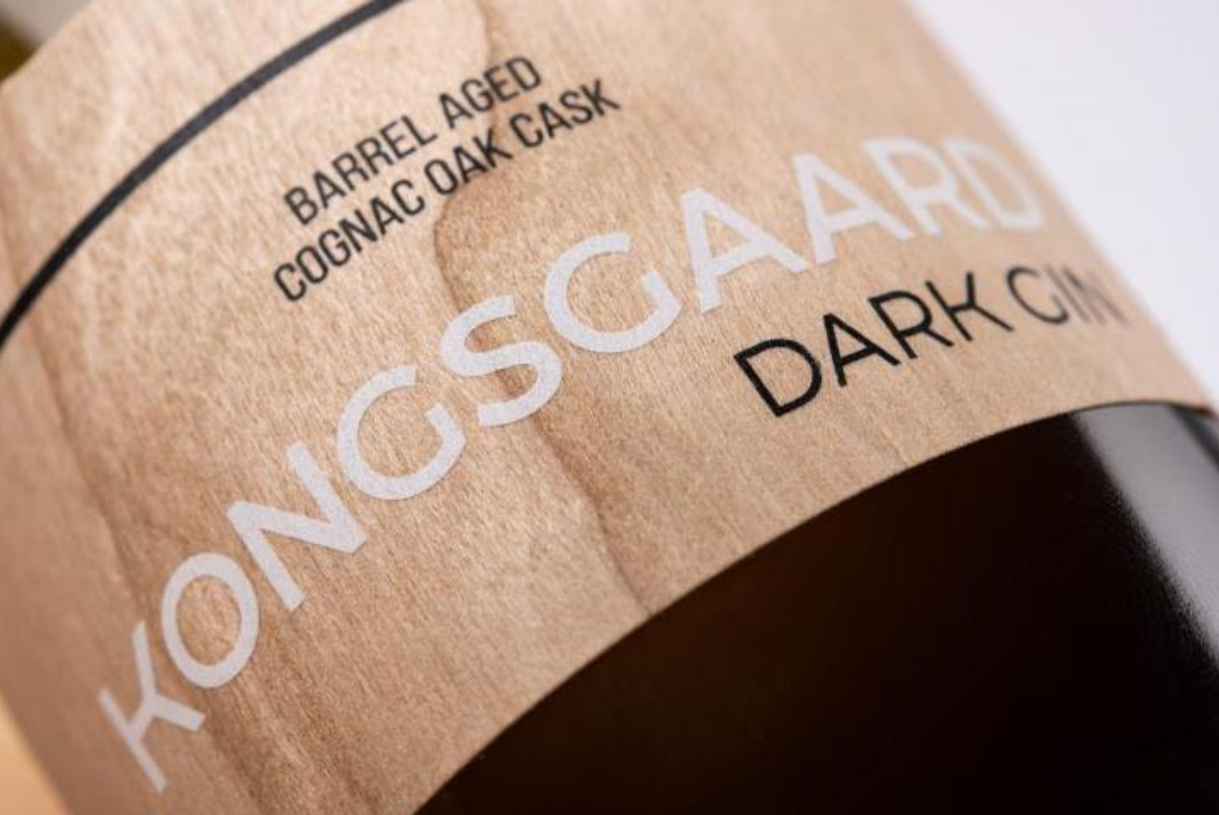
Finding the material for your wine label is like picking a canvas for a masterpiece. You must consider the materials that fit the design and product, like the color and font. For instance, waterproof materials like vinyl or plastic are the best choices for chilled wines.
Picking these materials can make the wine labels appear elegant and flawless. Plus, it’s versatile too! It’s all up to you. You can select a transparent paper material and let your wines speak for themselves. Or bring it on and have metallic labels!
Other Tips
For creativity, here’s a quick list of design tips you can try:
- Make room for white space in your wine label design.
- Utilize different font sizes.
- Include different fonts and check what would look perfect. But keep it minimal.
- Add graphics and imagery for visual capture.
- Play with bold colors.
- Design only in the safe zone.
Step 5: Get your Wine Label Approved
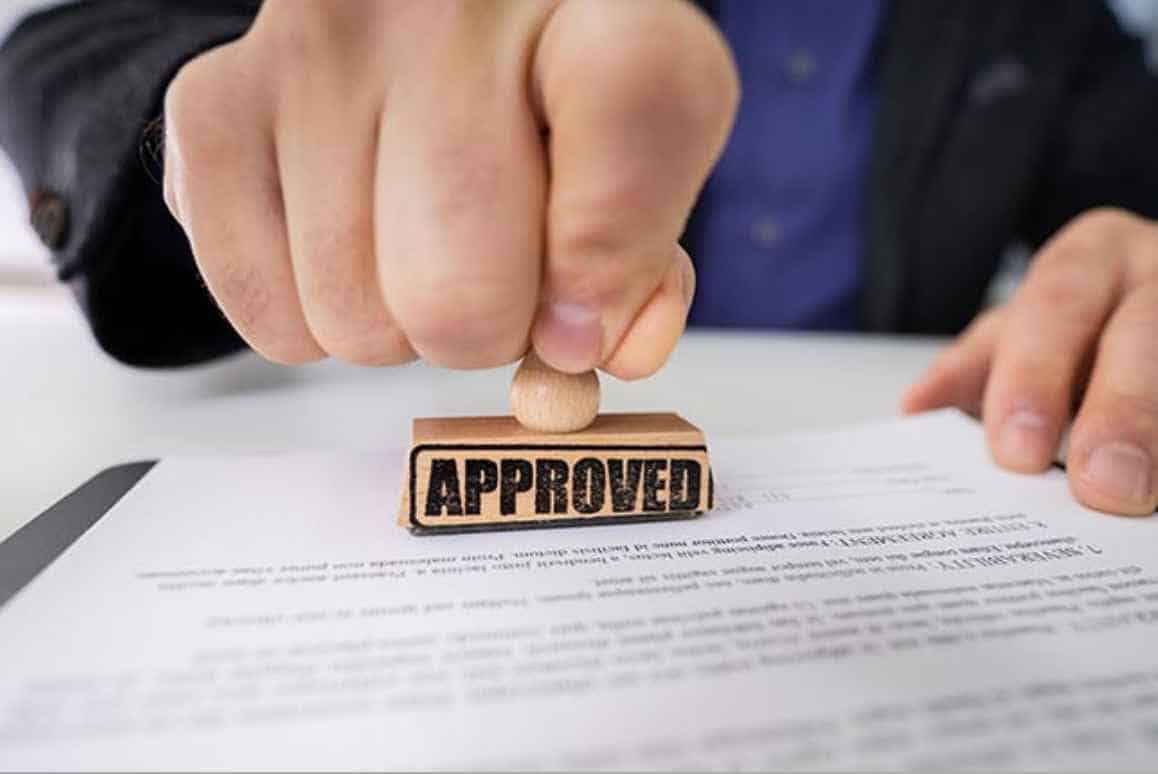
Your wine labels are already complete. And you’re sure that all the necessary information is adequately placed. Now here’s a real test. If you’re planning to operate a wine business, you must get your wine labels approved. Guidelines may vary.
But before a winemaker bottles their wines, they must submit a picture of the wine label to TTB (Alcohol & Tobacco Tax & Trade Bureau). This requirement must be complied with to get a COLA or Certificate of Label Approval. For more information, visit the website.
Step 6: Print & Apply.
Finally, after you design and make, get your printers ready. Once completed, set the label on a flat surface and slowly peel it off the sheet. Start applying at the center and get your way through the edges. Doing this will ensure that you use the wine labels properly.
Final Thoughts
Well-designed wine labels are a must! Whether you’re bottling wines as a customized gift or for your business and vineyard, the best place to work is the wine labels! So, to create a visually stunning theme that would surely catch the attention of everyone, stick to our six guaranteed tips! You’ll love it!

George Moore, co-founder of Wine Flavor Guru, is a charismatic entrepreneur with a rich background in California’s wine industry. Alongside Sylvia, he transformed a Sonoma County vineyard into a source of premium wines. George’s expertise in sourcing exceptional grapes and his approachable style make wine appreciation both accessible and engaging.
